Approximately 1.5 million heart attacks and strokes occur every year in men and women in the U.S. Sex and age play a large part in who experiences a heart attack, the methods used to treat these heart attacks, and the eventual post hospital outcomes of the people who experience heart attacks.
Category: Research Results
Amber-encased fossil shines light on evolution of bioluminescent insects
Trapped in amber for ~100 million years, an exceptionally well-preserved, light-producing beetle sheds light on the diversification of bioluminescent beetles in the Cretaceous period and provides the missing fossil link between fireflies’ living relatives.
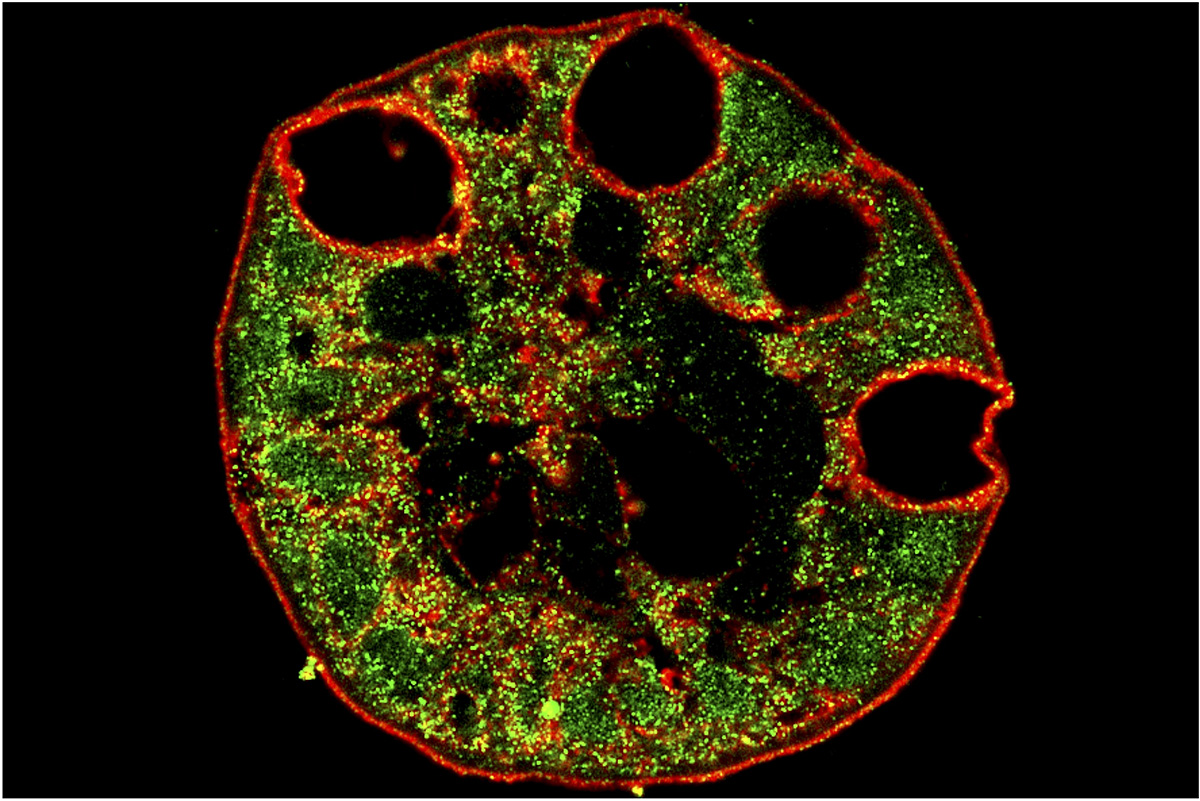
For some, GI tract may be vulnerable to COVID-19 infection
Researchers at Washington University School of Medicine in St. Louis have found that patients with Barrett’s esophagus may be vulnerable to coronavirus infection from what they swallow.
Scientists Discover Link Between Nicotine and Breast Cancer Metastasis
Scientists at Wake Forest School of Medicine have found that nicotine promotes the spread of breast cancer cells into the lungs.
Appearance, social norms keep students off Zoom cameras
Cornell researchers surveyed the 312 students in the class at the end of the semester to figure out why they weren’t using their cameras – and to try to come up with ways to turn that trend around. They found that while some students had concerns about the lack of privacy or their home environment, 41% of the 276 respondents cited their appearance, and more than half of those who selected “other” as their reason for keeping their camera off explained that it was the norm. This suggested that explicitly encouraging camera use could boost participation without adverse effects, the researchers said.
Rush researchers demonstrate success with new therapy for COVID-19
A new therapy developed by researchers at Rush University Medical Center is showing success as a way to prevent COVID-19 symptoms in mice.
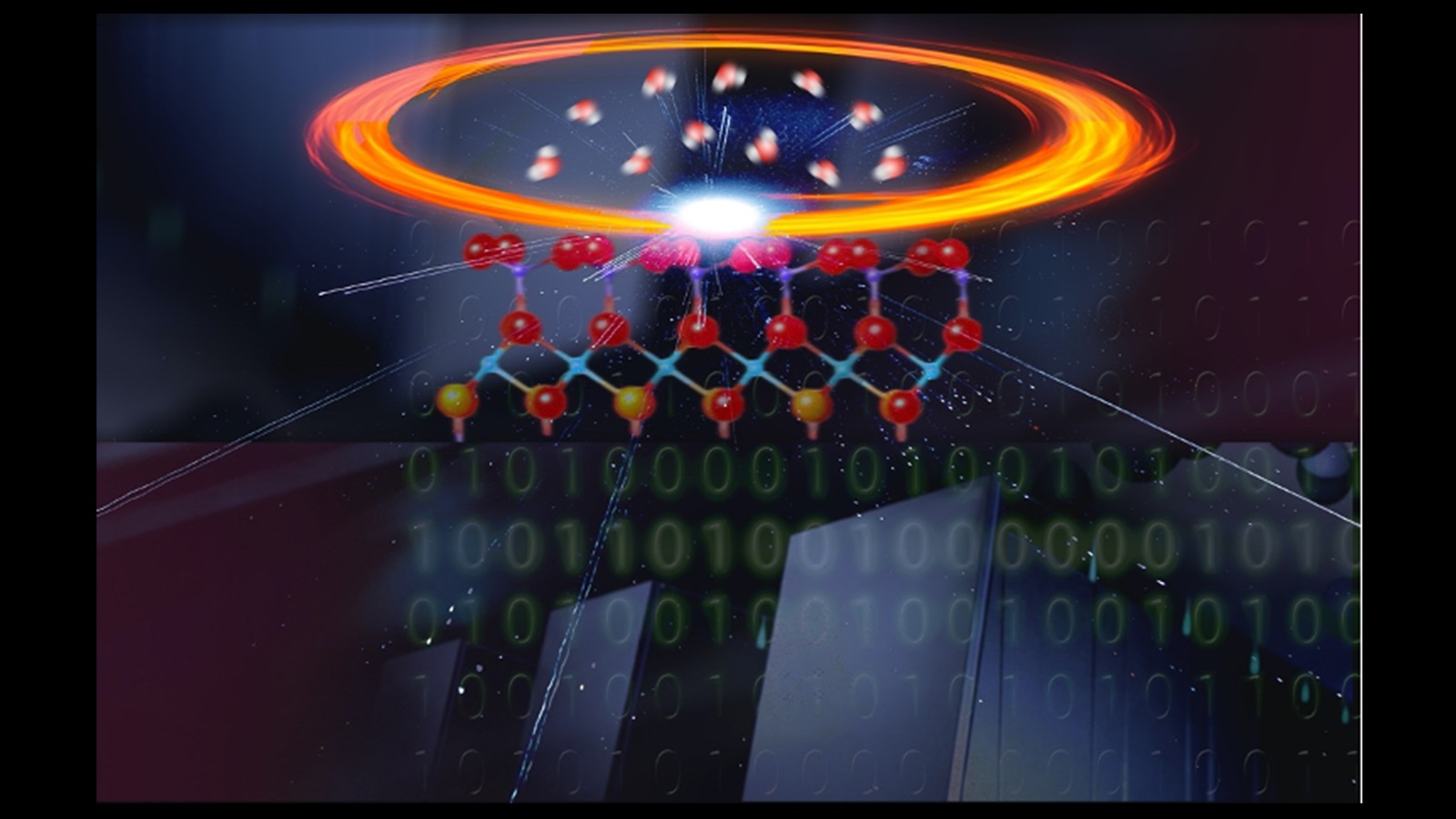
Do simulations represent the real world at the atomic scale?
A multidisciplinary research team has developed a strategy to validate computer simulations of oxide/water interfaces at the atomic scale using X-ray reflectivity experiments. Such interfaces are key in many energy applications.
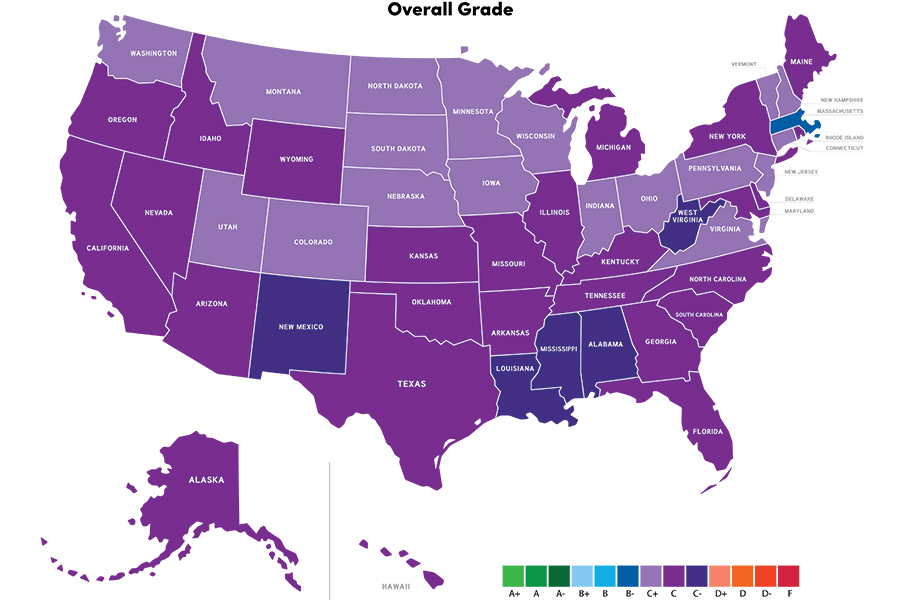
U.S. schools receive a C in whole child development in reimagined Nation’s Report Card
If the Nation’s Report Card, an annual report formerly known as the National Assessment of Educational Progress (NAEP), was reimagined to include physical and emotional health in addition to academics, the United States would receive a C average, says University at Buffalo educational policy expert Jaekyung Lee.
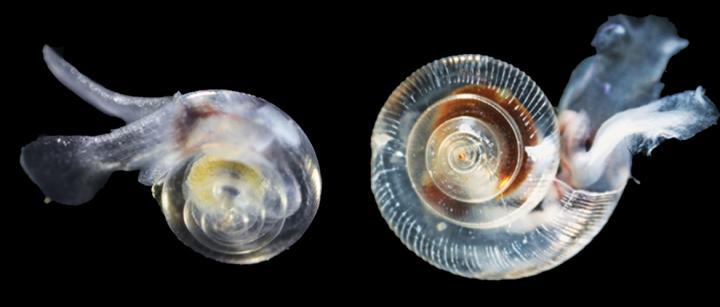
Acidification impedes shell development of plankton off the US West Coast
Shelled pteropods, microscopic free-swimming sea snails, are widely regarded as indicators for ocean acidification because research has shown that their fragile shells are vulnerable to increasing ocean acidity.
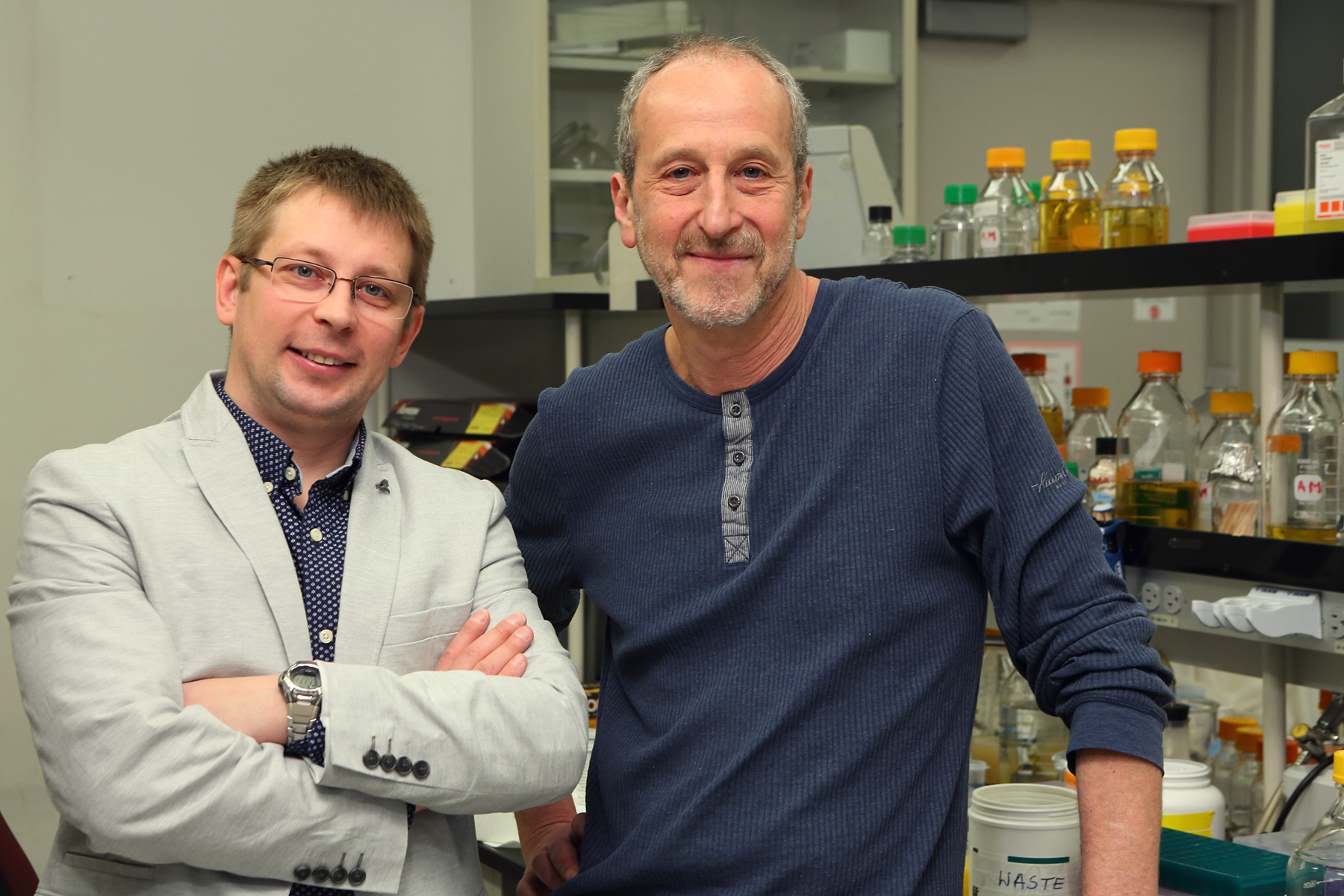
Unlocking ‘the shape of water’ in mechanisms of antibiotic resistance
Researchers captured and comparted hi-res images of ribosome structures from sensitive and resistant bacteria and report that a water molecule needed for antibiotic binding was not present in the ribosomes from the drug-resistant bugs.
Sequencing of wastewater useful for control of SARS-CoV-2
Viral genome sequencing of wastewater can detect new SARS-CoV-2 variants before they are detected by local clinical sequencing, according to a new study reported in mBio, an open-access journal of the American Society for Microbiology.
COVID-19 virus triggers antibodies from previous coronavirus infections
The results of a study led by Northern Arizona University and the Translational Genomics Research Institute (TGen), an affiliate of City of Hope, suggest the immune systems of people infected with COVID-19 may rely on antibodies created during infections from earlier coronaviruses to help fight the disease.

Land deals meant to improve food security may have hurt
Large-scale land acquisitions by foreign investors, intended to improve global food security, had little to no benefit, increasing crop production in some areas while simultaneously threatening local food security in others, according to Notre Dame researchers who studied their effects.
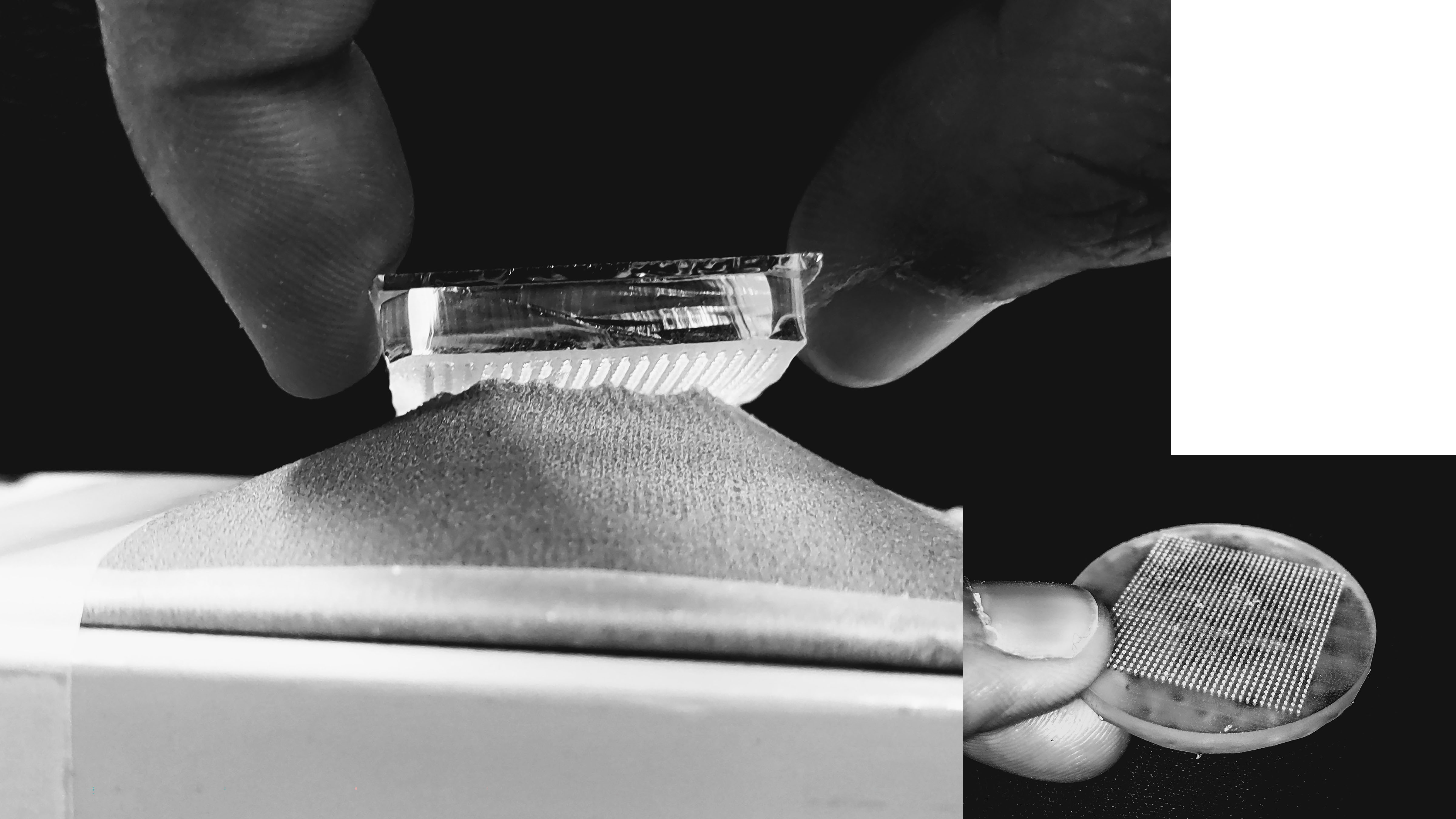
Fastener with Microscopic Mushroom Design Holds Promise
A Velcro-like fastener with a microscopic design that looks like tiny mushrooms could mean advances for everyday consumers and scientific fields. Currently available fasteners are called hook and loop fasteners and require harder, stiff material. In Biointerphases, researchers describe a design that can use softer materials and still be strong enough to work. The team believes a 3D mushroom design can be made with softer, more flexible materials and provide sufficient interlocking force on the fabric and hold strong.
Could “Power Walking” fuel the energy revolution? India is ready to step up
India has an energy problem. It currently relies heavily on coal and consumer demand is expected to double by 2040, making its green energy targets look out of reach.
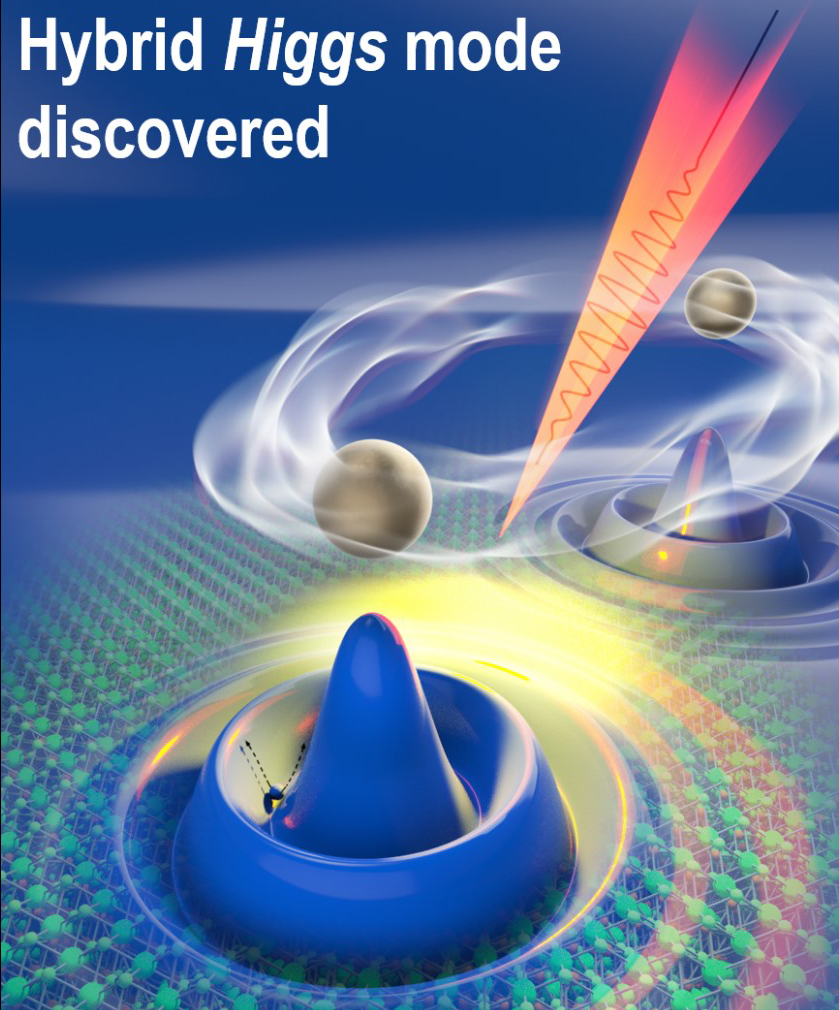
Light-controlled Higgs modes found in superconductors; potential sensor, computing uses
Iowa State’s Jigang Wang and a team of researchers have discovered a form of the famous Higgs boson — subject of a groundbreaking search at the Large Hadron Collider — in an iron-based superconductor. The Higgs mode can be accessed and controlled by light flashing at trillions of pulses per second.
Loss of smell is the best sign of COVID-19
Two international studies confirm that for the majority of patients with respiratory infections who lose the sense of smell, this is due to COVID-19.
Researchers discover long-sought mechanism behind most severe cases of a common blood disorder
G6PD deficiency affects about 400M people worldwide and can pose serious health risks. Uncovering the causes of the most severe cases could finally lead to treatments.
Loneliness hits young people harder during lockdown
Fear of losing your job, worrying about you or a loved one getting sick, and online meetups with family and friends you have not seen for months.
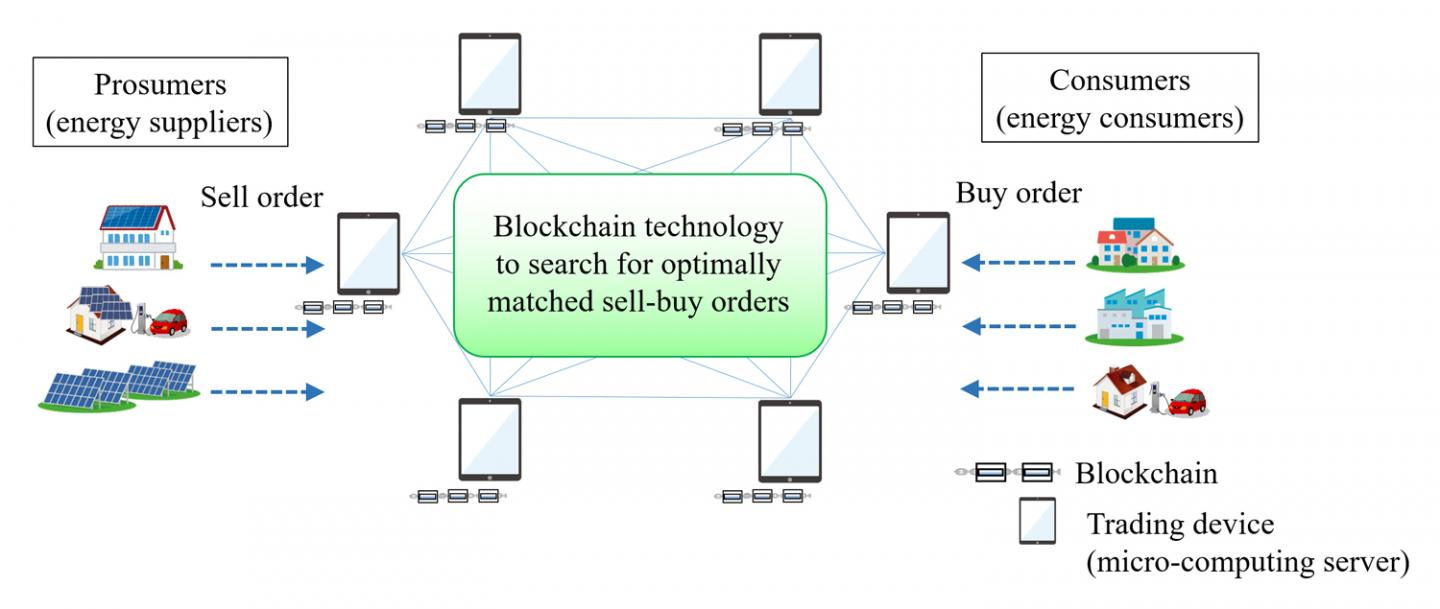
Blockchain technology to optimize P2P energy trading
A Tokyo Tech research team led by Specially Appointed Professor Takuya Oda of the Institute of Innovative Research and Professor Keisuke Tanaka of the School of Computing, in collaboration with Mitsubishi Electric Corporation, has developed a new technology an original blockchain[1] technology that can optimize peer-to-peer (P2P) energy trading[2].
Spike proteins of SARS-CoV-2 relatives can evolve against immune responses
Scientists have shown that two species of seasonal human coronavirus related to SARS-CoV-2 can evolve in certain proteins to escape recognition by the immune system, according to a study published today in eLife.
DISEASE THREATENS TO DECIMATE WESTERN BATS
A four-year study recently published in Ecology and Evolution concludes that the fungal disease, white-nose syndrome, poses a severe threat to many western North American bats.
A new carbon budget framework provides a clearer view of our climate deadlines
Just how close are the world’s countries to achieving the Paris Agreement target of keeping climate change limited to a 1.5°C increase above pre-industrial levels?
Research finds tiny bubbles tell tales of big volcanic eruptions
Microscopic bubbles can tell stories about Earth’s biggest volcanic eruptions and geoscientists from Rice University and the University of Texas at Austin have discovered some of those stories are written in nanoparticles.

Hackensack Meridian’s John Theurer Cancer Center (JTCC) Observational Study Suggests Role for Hydroxycholorquine as Outpatient Treatment for COVID-19 Infection
Paper published in BMC Infectious Diseases documents association between hydroxychloroquine exposure and reduced hospitalization rates in mildly symptomatic outpatients with COVID-19
Study in twins identifies fecal microbiome differences in food allergies
A new study out of the University of Chicago and Stanford University on pairs of twins with and without food allergies has identified potential microbial players in this condition.
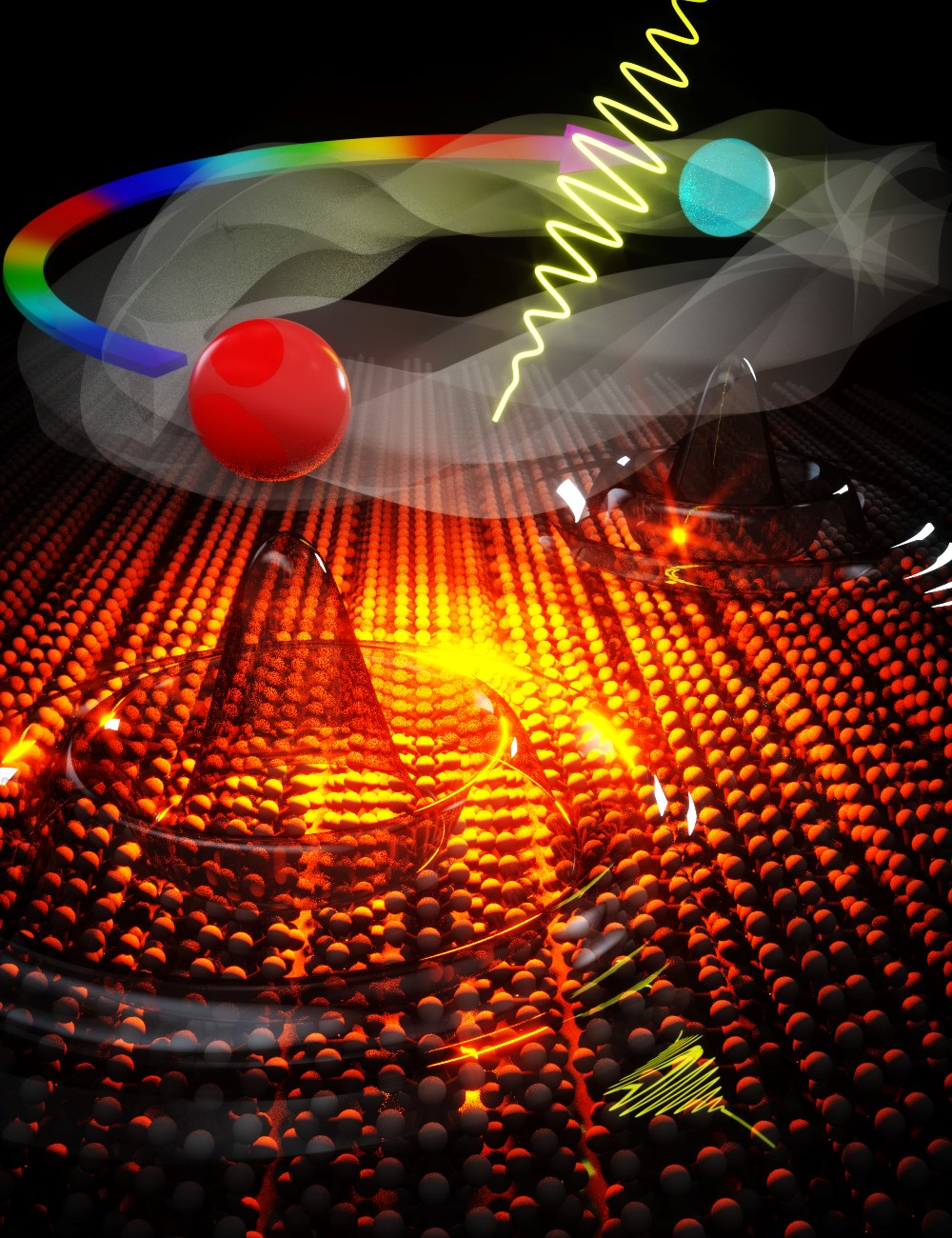
Light-induced twisting of Weyl nodes switches on giant electron current
Scientists at the U.S. Department of Energy’s Ames Laboratory and collaborators at Brookhaven National Laboratory and the University of Alabama at Birmingham have discovered a new light-induced switch that twists the crystal lattice of the material, switching on a giant electron current that appears to be nearly dissipationless. The discovery was made in a category of topological materials that holds great promise for spintronics, topological effect transistors, and quantum computing.

How to Find Mutated Sperm? Just Go FISH
A test developed by Berkeley Lab scientists can quickly and easily detect whether sperm cells are carrying chromosomal defects, an advance that will help men who have undergone cancer treatment father healthy children.
National Research Effort Discovers Relationship Between Inflammation, Metabolism and Scleroderma Scarring
Study finds NAD+ break down leads to multi organ scarring, providing now a previously undiscovered pathogenic role of the enzyme CD38 in disease scarring.
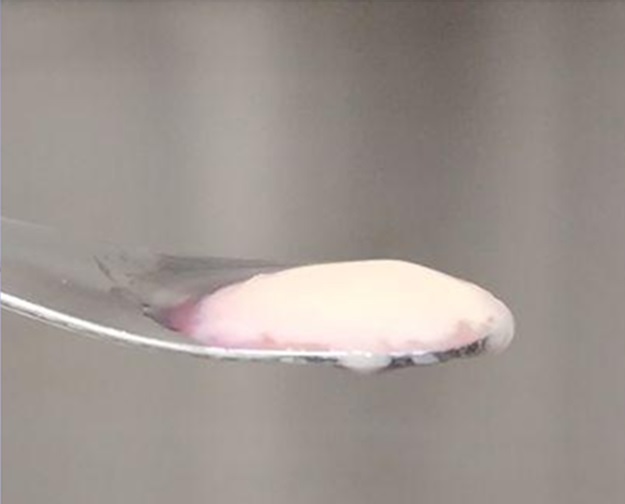
Canadian researchers create new form of cultivated meat
Researchers at Canada’s McMaster University have developed a new form of cultivated meat using a method that promises more natural flavour and texture than other alternatives to traditional meat from animals.
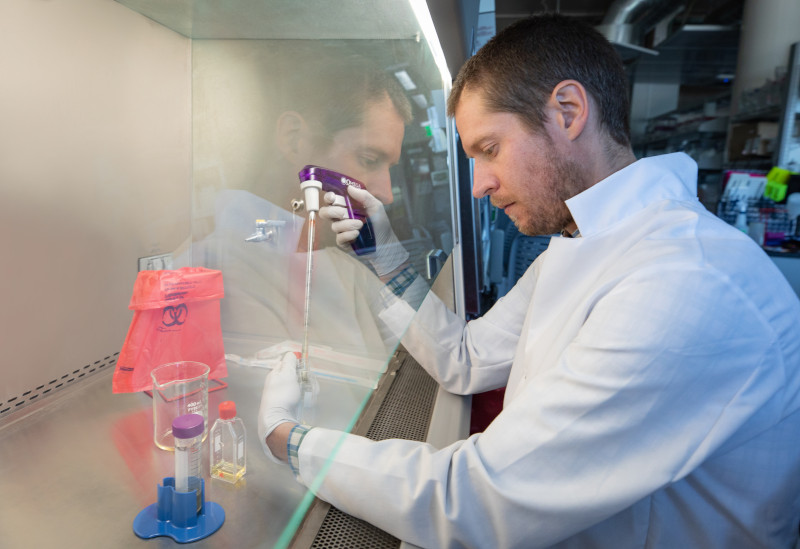
NAU-TGen study results show COVID-19 virus triggers antibodies from previous coronavirus infections
A collaborative study shows COVID-19 virus triggers antibodies from previous coronavirus infections, such as the common cold. It may also explain how previous exposure could partially account for differences in severity between old vs. young patients
Inflamed Environment Is C. diff Paradise
A new study shows that the inflammation caused by Clostridioides difficile (C. diff) infection gives the pathogen a two-fold advantage: by both creating an inhospitable environment for competing bacteria and providing nutrients that enable C. diff to thrive.
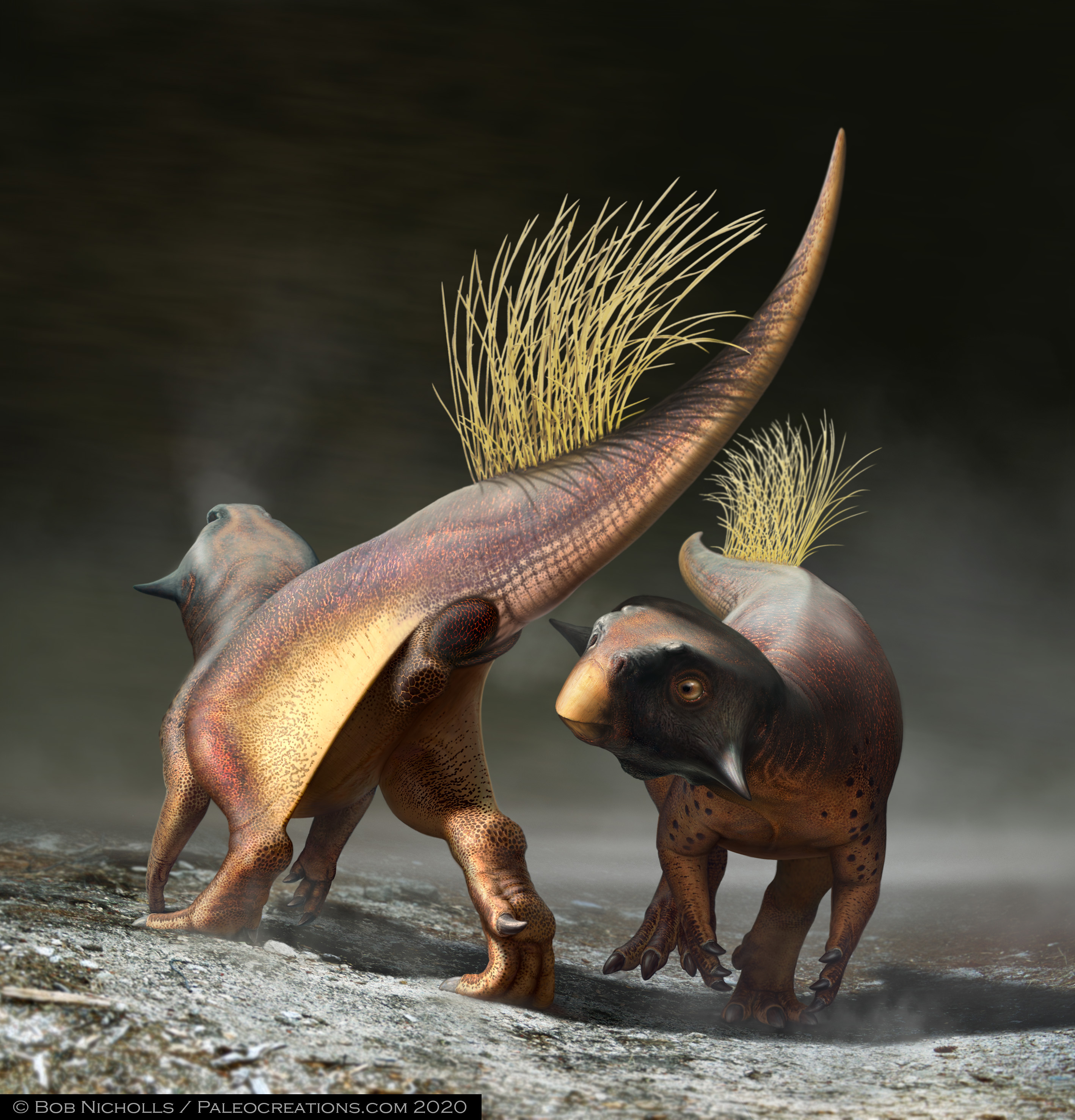
All-purpose dinosaur opening reconstructed for first time
For the first time ever, a team of scientists, led by the University of Bristol, have described in detail a dinosaur’s cloacal or vent – the all-purpose opening used for defecation, urination and breeding.
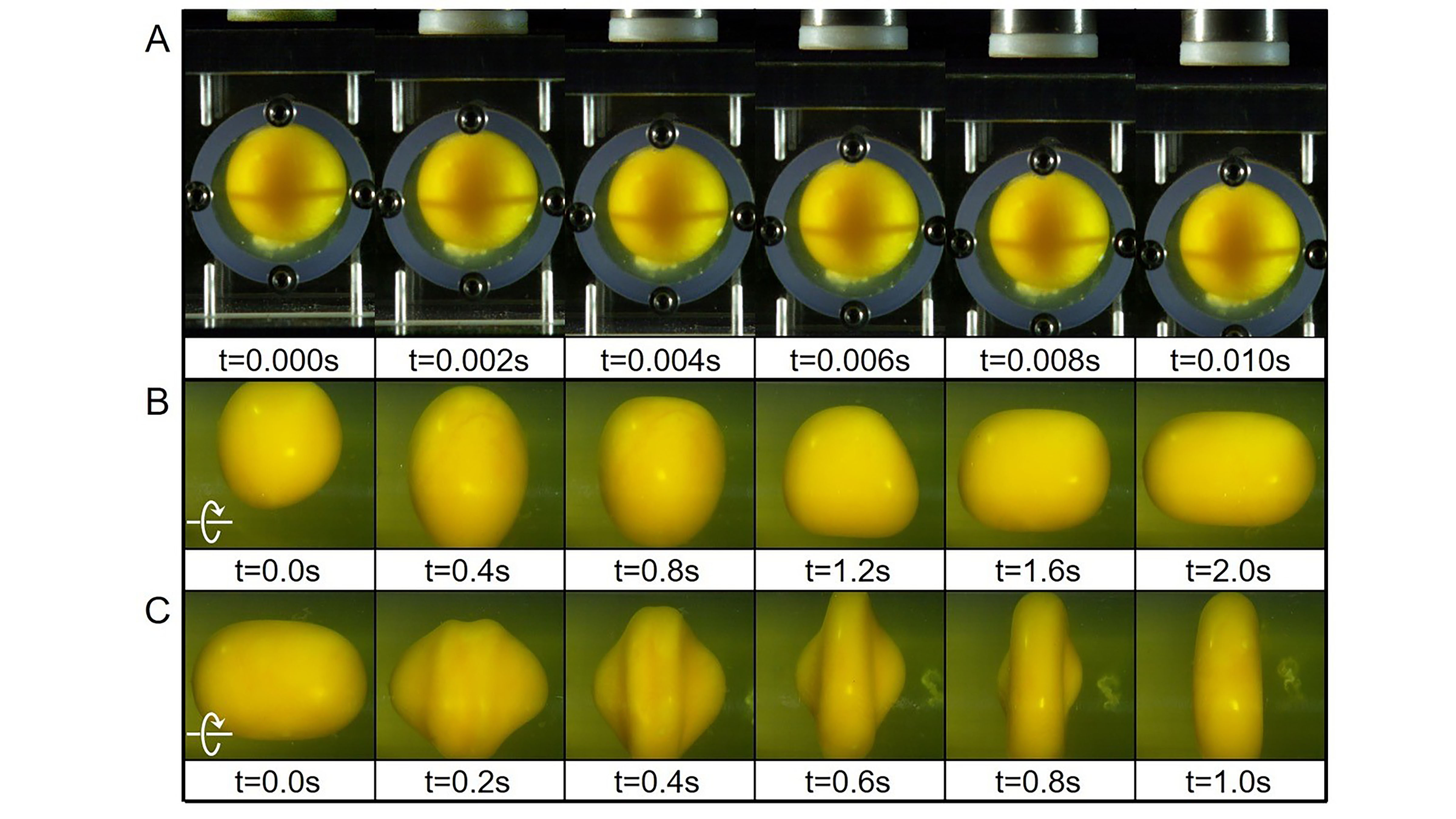
Eggs Reveal What May Happen to Brain on Impact
Our brains consist of soft matter bathed in watery cerebrospinal fluid inside a hard skull, and in Physics of Fluids, researchers describe studying another system with the same features, an egg, to search for answers about concussions. Considering that in most concussive brain injuries, the skull does not break, they wanted to find out if it was possible to break or deform the egg yolk without breaking the eggshell and did a simple experiment using an egg scrambler, measuring the soft matter deformation.
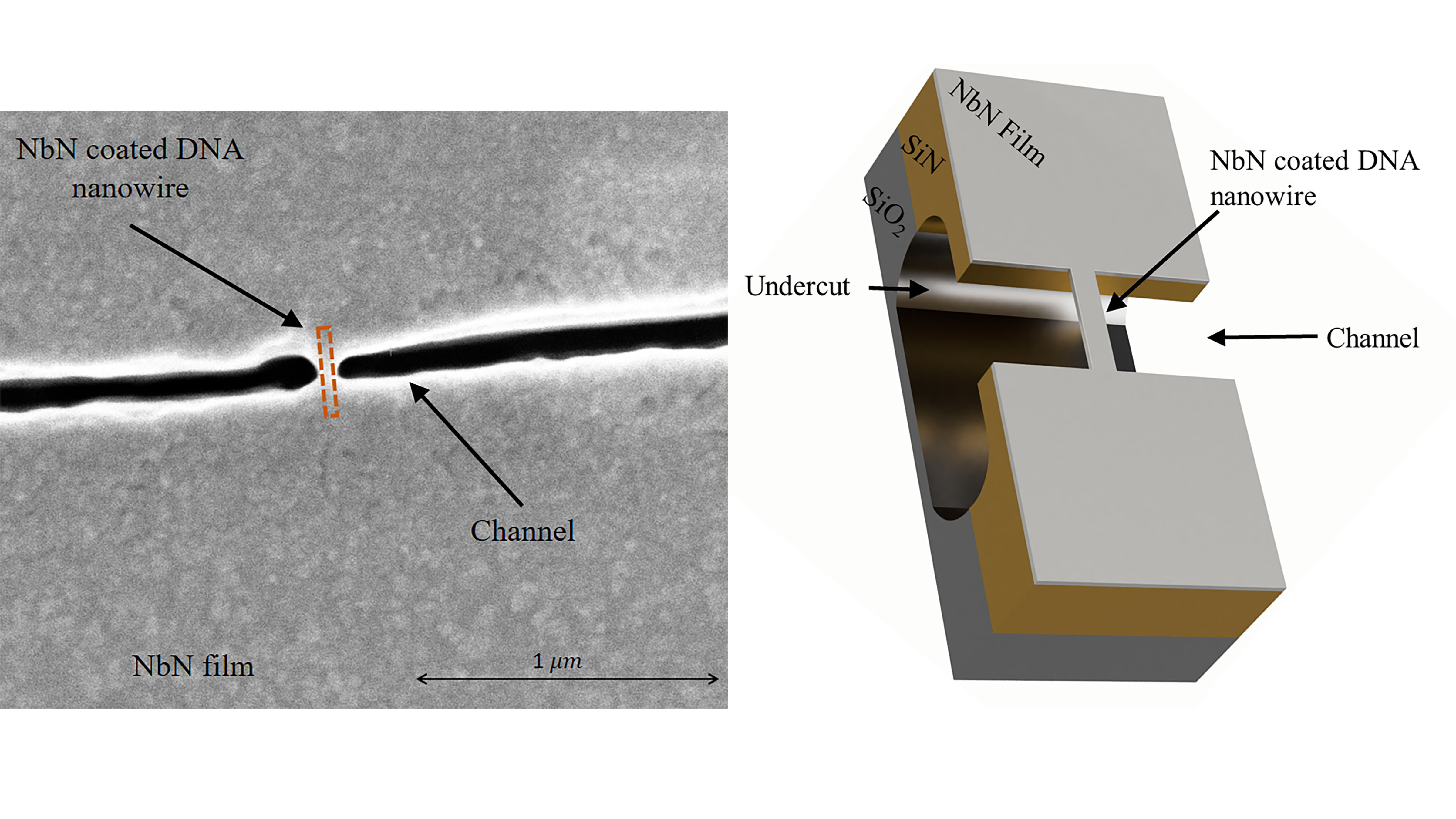
DNA Origami Enables Fabricating Superconducting Nanowires
In AIP Advances, researchers describe how to exploit DNA origami as a platform to build superconducting nanoarchitectures. The structures they built are addressable with nanometric precision that can be used as a template for 3D architectures that are not possible today via conventional fabrication techniques. Inspired by previous works using the DNA molecule as a template for superconducting nanowires, the group took advantage of a recent bioengineering advance known as DNA origami to fold DNA into arbitrary shapes.

New Insights into Wound Healing Process
Biomedical engineers developed a technique to observe wound healing in real time, discovering a central role for cells known as fibroblasts. The work, reported in APL Bioengineering, is the first demonstration of a wound closure model within human vascularized tissue in a petri dish.
Moffitt Researchers Identify How Cancer Cells Adapt to Survive Harsh Tumor Microenvironments
To better understand the conditions that select for the Warburg Effect and the mechanisms where cells can express this metabolic adaptation, Moffitt researchers subjected nonmalignant cells to the harsh tumor microenvironment that is present during early carcinogenesis, known as ductal carcinoma in situ. In a new research article published in the Proceedings of the National Academy of Sciences, the Moffitt team shows that these conditions select for cells to express a Warburg Effect.
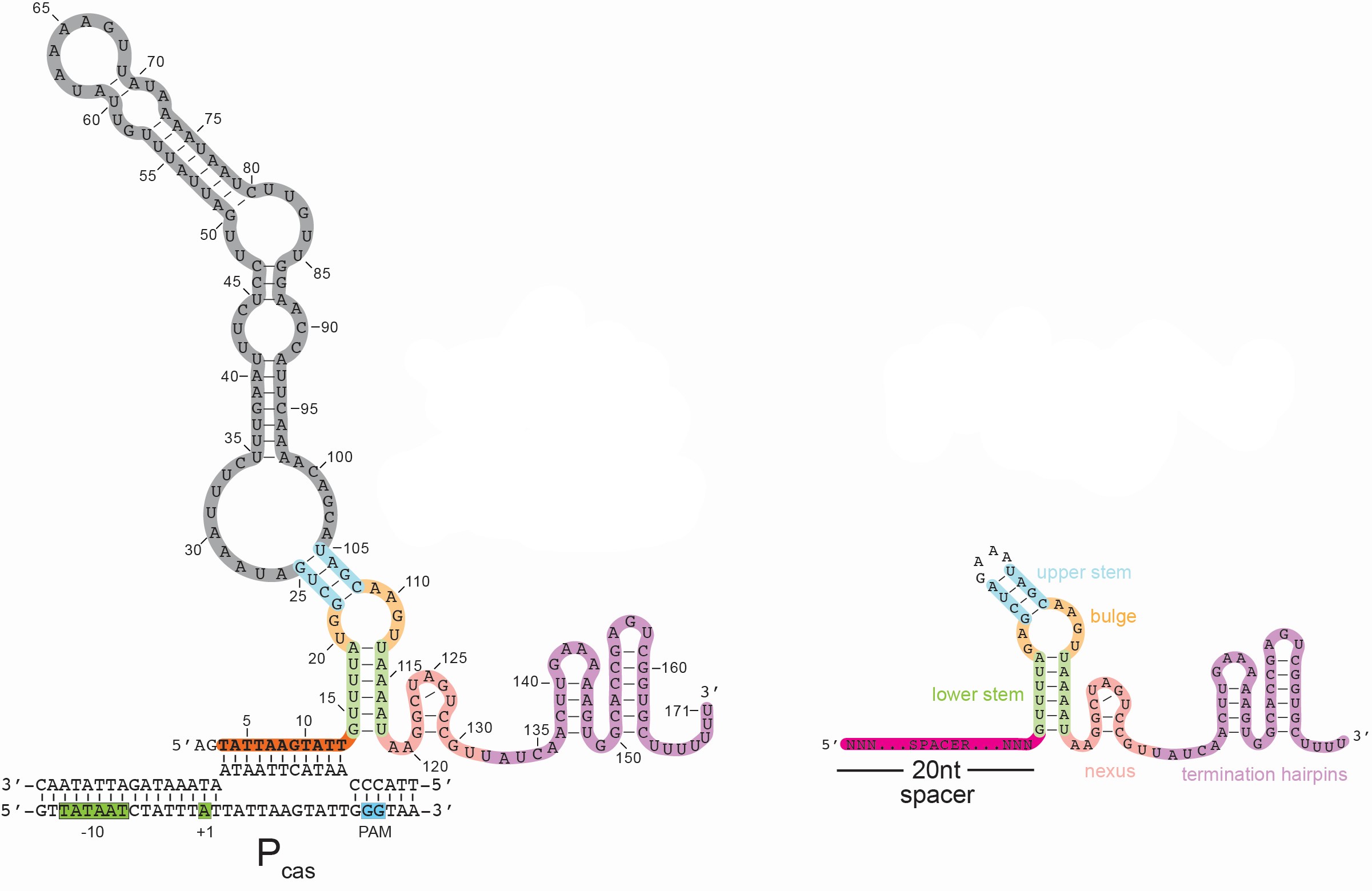
Gene-Editing ‘Scissor’ Tool May Also be a ‘Dimmer Switch’
In a series of experiments with laboratory-cultured bacteria, Johns Hopkins scientists have found evidence that there is a second role for the widely used gene-cutting system CRISPR-Cas9 — as a genetic dimmer switch for CRISPR-Cas9 genes. Its role of dialing down or dimming CRISPR-Cas9 activity may help scientists develop new ways to genetically engineer cells for research purposes.

Local COVID-19 Strain Found in Over One-Third of Los Angeles Patients
A new strain of the coronavirus has been found in more than one-third of COVID-19 cases in Los Angeles and may be contributing to the acceleration of the recent surge of cases across Southern California, according to new research from Cedars-Sinai.
New drug combination shows promise as powerful treatment for AML
Scientists have identified two drugs that are potent against acute myeloid leukemia (AML) when combined, but only weakly effective when used alone. The researchers were able to significantly enhance cancer cell death by jointly administering the drugs that are only partially effective when used as single-agent therapies.
NUS engineers create ‘smart’ aerogel that turns air into drinking water
Researchers from NUS Engineering have developed a new aerogel that autonomously absorbs water from the atmosphere and then releases it effortlessly without any external power source. This invention is a promising solution for sustainable, freshwater production.

World’s first test to accurately predict depression and bipolar disorder
University of South Australia scientists have developed the world’s first test to accurately predict mood disorders in people, based on the levels of a specific protein found in the brain.
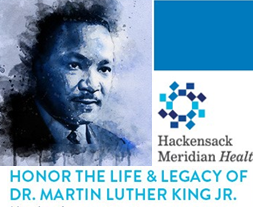
Hackensack Meridian Health Honors the Life & Legacy of the Reverend Dr. Martin Luther King Jr.
New Jersey’s Largest Health Network Hosts Virtual Symposium to Inspire Action and Change, Announce Diversity and Inclusion Strategies for 2021; Part of Year-Round Effort to Close Disparities and Inequality in Health Care
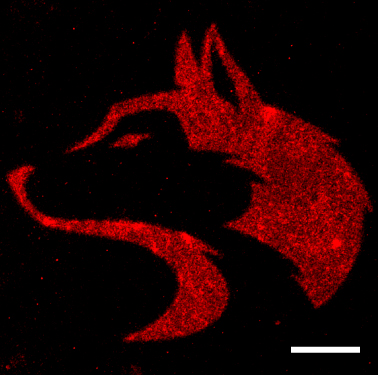
Researchers use lasers and molecular tethers to create perfectly patterned platforms for tissue engineering
University of Washington researchers developed a technique to modify naturally occurring biological polymers with protein-based biochemical messages to affect cell behavior. Their approach uses near-infrared lasers to trigger chemical adhesion of proteins to scaffolds made from biological polymers like collagen.

Automakers delay recalls to minimize stock penalties, avoid being the first safety issue in news cycle, study shows
An initial recall by one firm prompts clusters of additional recalls in close proximity by competitor firms, according to “Hiding in the Herd: The Product Recall Clustering Phenomenon,” forthcoming in Manufacturing and Service Operations Management from the University of Notre Dame.

E-cigarettes Stress Lungs, Impair Protein Function
E-cigarette exposure stresses and inflames the lungs of rats, compromising important quality control proteins, according to new research.

UCLA Fielding School of Public Health Researchers Say Mask Mandates Could add $1 Trillion to the U.S. GDP
The team, including UCLA Fielding School of Public Health professors Anne Rimoin and Christina Ramirez, found that near-universal adoption of nonmedical masks in public, combined with complementary public health measures, could successfully eliminate spread of the infection. and add $1 Trillion to the U.S. GDP.
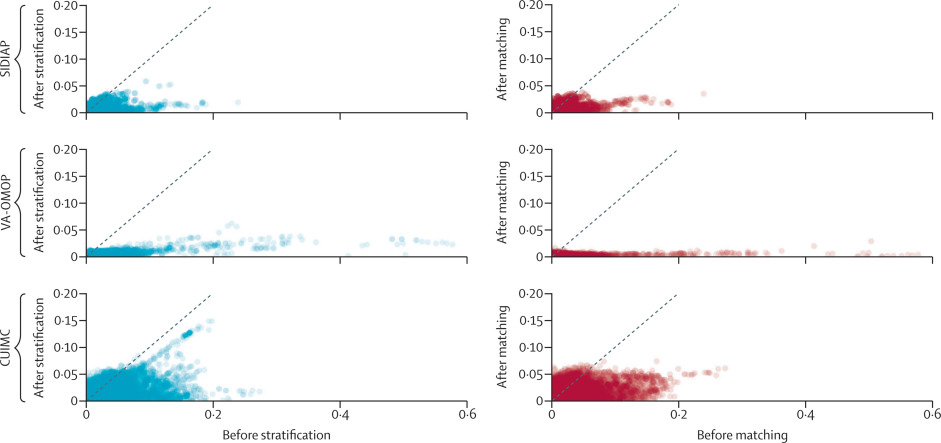
UCLA Researcher’s Team Finds Common Blood Pressure Medications do not Increase COVID-19 Risk
Dr. Marc Suchard, of the UCLA Fielding School of Public Health, co-led international research team looking at two widely used types of blood pressure drugs.
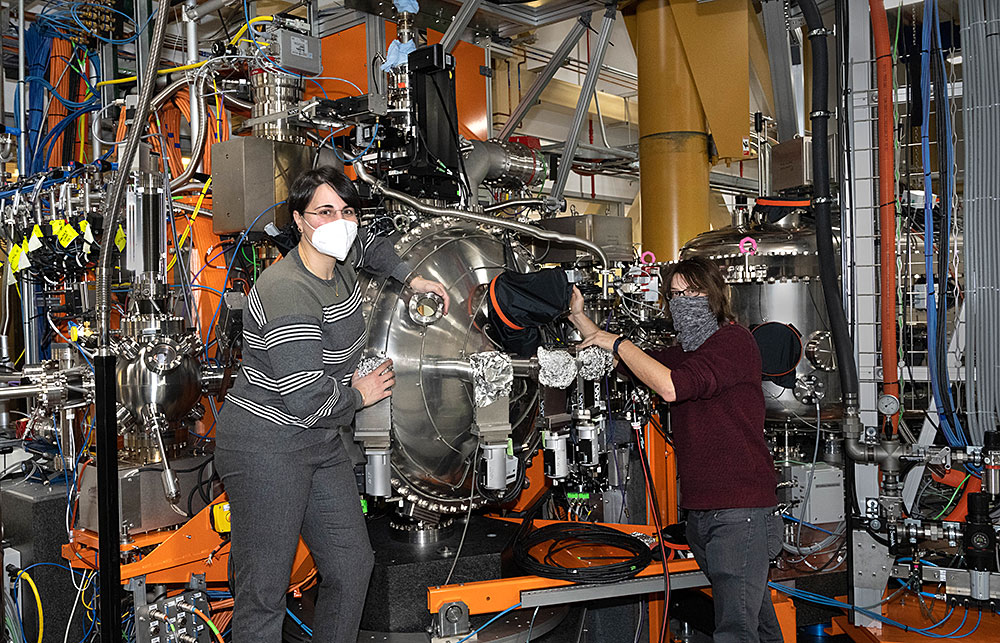
Scientists Streamline Process for Controlling Spin Dynamics
UPTON, NY—Marking a major achievement in the field of spintronics, researchers at the U.S. Department of Energy’s (DOE) Brookhaven National Laboratory and Yale University have demonstrated the ability to control spin dynamics in magnetic materials by altering their thickness. The study, published today in Nature Materials, could lead to smaller, more energy-efficient electronic devices.

UCI researchers: Climate change will alter the position of the Earth’s tropical rain belt
Irvine, Calif., Jan. 18, 2021 — Future climate change will cause a regionally uneven shifting of the tropical rain belt – a narrow band of heavy precipitation near the equator – according to researchers at the University of California, Irvine and other institutions. This development may threaten food security for billions of people.